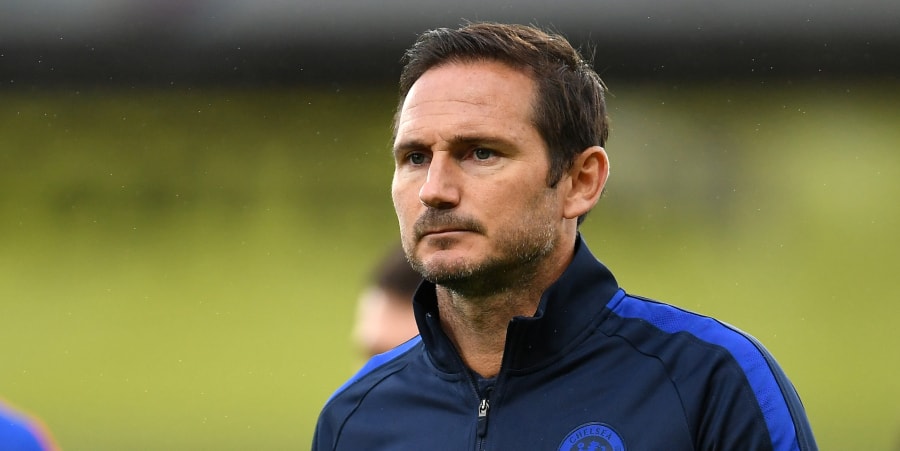Do the Stats Support Frank Lampard’s Chelsea Sacking?

When Frank Lampard returned to Stamford Bridge and took the job as Chelsea boss, there was no real pressure on him. The Blues had a transfer embargo on them at the time, making his first season something of a free hit.
There were no expectations in these circumstances and, with the heat off, he steered Chelsea to a top-four finish and the FA Cup final. Since then, however, the Blues have spent over £220,000,000 in the transfer market and find themselves in ninth place in the Premier League table at the halfway stage of the campaign.
That simply wasn’t progress, so ruthless and wealthy Blues owner Roman Abramovich showed no sentiment and sacked Lampard midway through the season. The question is, does the data suggest that Chelsea underperformed statistically?
Some may defend Lampard and point out his summer signings needed more time to gel. That won’t change the fact that, like so many of his Blues predecessors, he got the sack.
When a Russian oligarch like Abramovich bankrolls big-spending, the expectation is that the players bought for Lampard should have hit the ground running. Looking at the metric of expected goals (xG) against actual goals scored, Chelsea were pretty much where they should’ve been with the net found 33 times with only 32.52 expected.
Defensively, however, they were below standard under Lampard. They conceded more than a goal per game, shipping 23 in the Premier League so far when they were expected to do better with an xGA value of 19.20.
This is despite signing the hugely experienced Brazil international centre-back Thiago Silva, a winner of both the Italian Serie A and French Ligue 1 during spells with AC Milan and PSG, on a free transfer. The Blues’ defensive difficulties come even with the arrival of Senegal stopper Edouard Mendy from Rennes, but explain why they effectively have six points fewer than expected.

If they had met the statistical prediction of 34.67 xPTS, then Chelsea would sit third in the Premier League, six places better off than they actually are. Lampard’s style had its critics too.
Concerning passes allowed per defensive action in the opposition half (PPDA), only promoted Leeds United, defending champions Liverpool and Southampton have been less patient to put in a tackle. The Blues allowed just 9.55 passes on average before making a block or challenge, so they weren’t exactly lazy at pressing under Lampard.
New, specific stats like the above are becoming more and more prevalent in football to aid analysis, but this isn’t just limited to elite sport either. Sports and betting often go hand-in-hand, so it is unsurprising that betting companies are also benefitting from the fast, accurate data that can be found at sportsbook software providers. Betting sites look at implied probabilities and metrics to help traders form the odds and markets, whereas managers use the data to track how their teams are faring. Yet doubts remain as to whether some of Chelsea’s new attacking arrivals ever suited Lampard’s style of play.
Jose Mourinho, one of many mentors and managers he had when playing, always preferred pragmatism over a rigid philosophy. Southampton boss Ralph Hasenhüttl coached the Blues’ main striker signing Timo Werner when the pair worked together in the Bundesliga at RB Salzburg. He felt Lampard needed to adapt Chelsea’s tactics to fit the Germany international, rather than vice versa, in order to get more from the forward and a return on the major investment they made.
After all he has done at the Bridge, Lampard received the exact same treatment as those managers who came before him. He may not have deserved the sack statistically, but it now falls to another coach to teach the Blues how to defend better.
